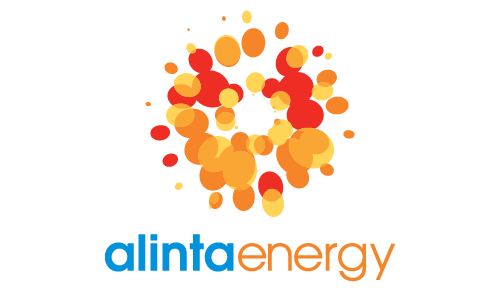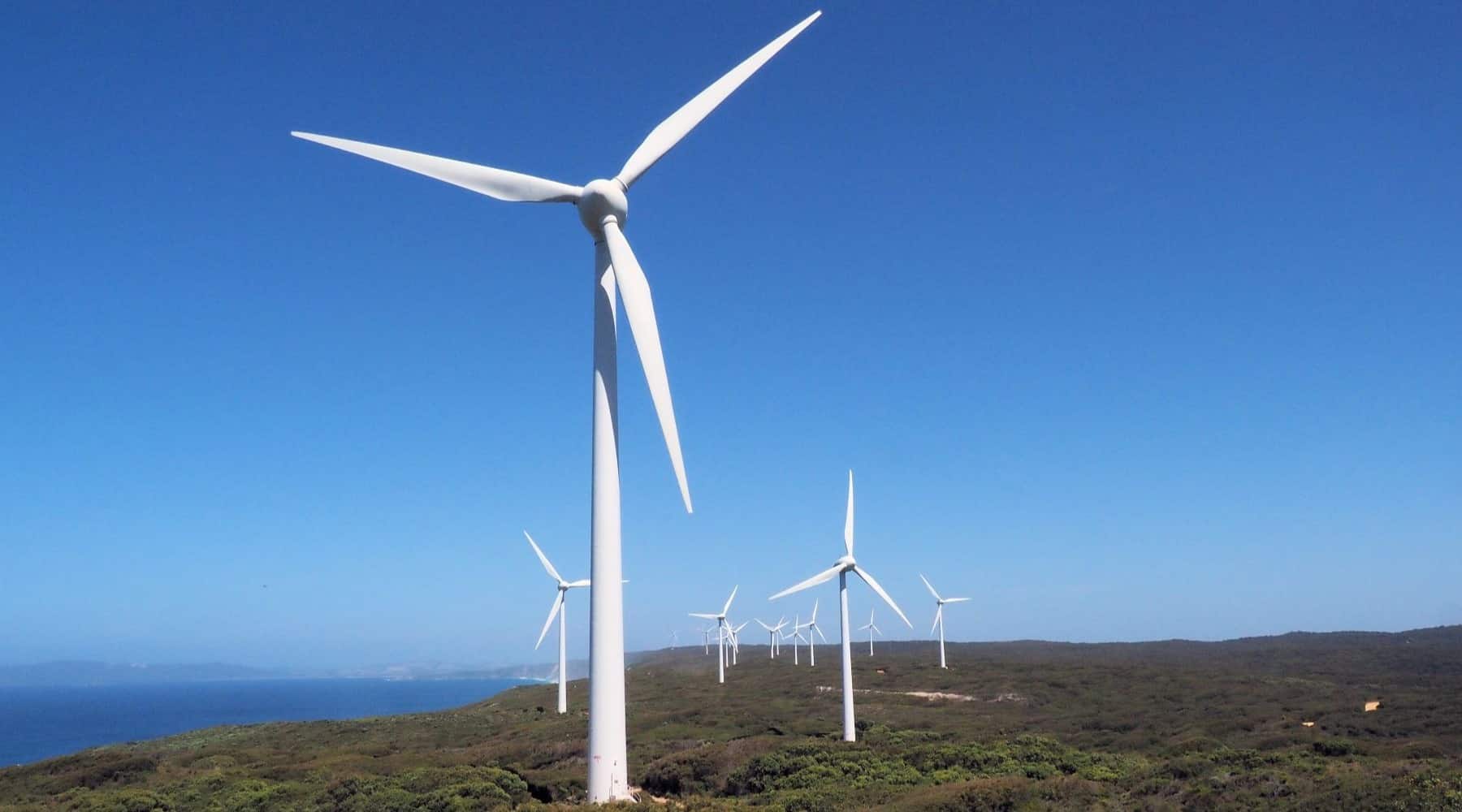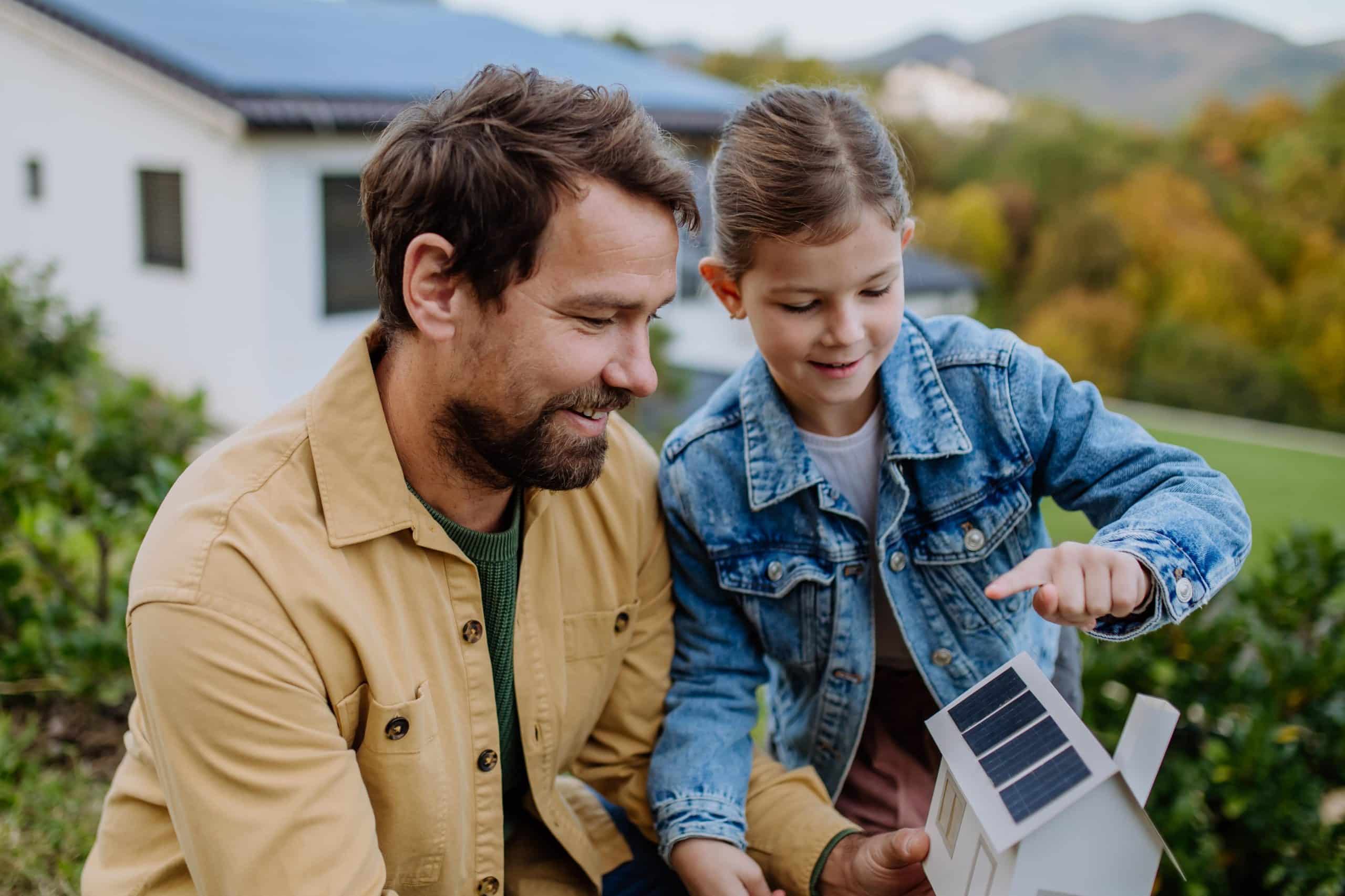













We’ve partnered with Econnex to bring you a range of energy plans to help you compare them.
Looking to find the best gas plan for your home? Whether you're looking for a more competitive pricing structure, sign-up benefits or rewards points, Savvy can help you navigate through a range of gas plans so you can make an informed choice as to whether to switch retailers and save money. Start comparing gas plans through us today!
Why compare energy plans through Savvy?
100% free to use
You won't need to pay a cent to compare a variety of energy plans online through Savvy. It's 100% free.
Simple online quotes
By filling out your form and providing a recent energy bill, you can have all the facts and figures worked out for you.
Choice of leading providers
When you fill out your quote, you'll be able to consider offers from some of the leading energy providers in Australia.
How do I find the best gas plan for my needs?
When it comes to finding the best gas plan in Australia, there are a few steps you can follow to make sure you’re getting a good deal:
-
Understand your gas usage
Take a look at your gas bill or get in touch with your current provider to determine how much gas you typically use. This will help you understand your gas usage and choose an appropriate new plan.
-
Think about your future needs
Are you about to get a new appliance which may change your gas usage? For example, are you thinking of upgrading your gas hot water service to one with an electric heat pump which uses less energy? Think about how any planned changes you’re going to make to your high-consumption household appliances may affect your gas consumption.
-
Compare gas plans
Once you’ve answered a few simple questions about the type of plan you’re after and know what your average gas usage is, you’re ready to start comparing different gas plans from various providers. With Savvy’s simple comparison service, you’ll quickly be able to compare gas offers online from a range of leading Australian retailers relevant to your area.
-
Compare different usage charging methods
Look at the gas usage charging structure and consider any seasonal rates which may apply in your state. For example, Victoria has a seasonal tariff which means gas costs more in winter when there is higher demand for home heating. Keep in mind that each state and territory in Australia has its own regulations, so the prices and charging methods you should compare are just those for your state retailers.
-
Find out if block rates apply
Many retailers charge block rates for gas usage. Block rates are a pricing structure where different pricing rates are applied to different blocks or ‘tiers’ of gas consumption. The first block often has a higher rate, while subsequent blocks have lower rates. It's important to understand if block rates are applicable to your gas plan, as they can have a large impact on your overall gas costs. To find this out, check your latest gas bill and look under the usage section to see if different rates have been applied.
-
Compare the supply charge
hen comparing gas plans, it's important to check the supply charge associated with the plan. A supply charge is a fixed fee which is included in your gas bill. It’s the cost of having access to the gas supply network, regardless of how much gas you use. The supply charge covers the maintenance, operation and administration of the natural gas infrastructure which delivers gas to your home or business. It's typically a daily fee measured in cents and is separate from the usage charge, which is based on the amount of gas you consume.
-
Check for discounts
Many gas providers offer discounts to attract customers. These discounts may include sign-up credits or savings for paying bills on time or using direct debit. For example, a retailer may offer a certain dollar amount (such as $75) off your entire bill as an online sign-up credit, while another retailer may offer a 3% discount each quarter for paying by direct debit. Compare the discounts offered by different providers to see which ones can provide you with the best value in the long term, but don’t be taken in by short-term discount offers which may only last a few weeks. However, finding appropriate discounts is one smart way to reduce the cost of your gas bill.
-
Consider greener options
If reducing your carbon footprint is important to you, look for gas providers which offer greener options. This could include carbon-neutral gas plans, ones that support the purchase of renewable energy, bio-gas plans, climate-friendly gas plans or green gas certificates. These options may come at a slightly higher cost, but they can contribute to a more sustainable future.
By following these steps and considering your specific gas needs, you can choose the gas plan which is most suited to your usage, budget and environmental goals with more confidence. Remember to review the contract length, fees and available bill payment options before making a final decision.
What is the process to compare, switch and save with Savvy?
The process of comparing, switching and saving with Savvy is simple and convenient. If you have your current gas bill in front of you, it should take just minutes to complete the process. Here's how it works:
- Provide required information about what you’re looking for: start by filling out a quick online form. Provide some basic information about your energy needs, such as your location and current usage.
- Receive offers: based on the details you provide, you'll be presented with a range of available gas plans from leading energy providers in Australia. You'll receive personalised offers tailored to your specific area and personal requirements.
- Compare and evaluate: review and compare the different gas plans that you can see side-by-side online. Consider factors like your gas usage, block rates, supply charges, contract terms and any additional discounts or benefits. Savvy’s comparison service provides clear and transparent information to help you make an informed decision.
- Switch to a cheaper plan: once you've compared gas plans and found one that suits your needs, you can proceed with the switching process. All you have to do is select your preferred provider and fill in the details they need to make the switch. The rest will all be done for you! Your new provider will handle the necessary paperwork and liaise with your old provider on your behalf. The entire process can be completed in as little as 24 to 48 hours.
- Save: by switching to the best possible gas plan through Savvy, you can enjoy potential savings on your energy bills for months to come. However, there’s no limit to how many times a year you can use Savvy’s free comparison service, so don’t forget about your electricity bills! Compare gas and electricity offers through Savvy to keep your energy plans up to date and make sure you’re receiving the most competitive plans available.
Types of energy plans
How to switch energy providers through Savvy
-
Fill out a quick online form
First and foremost, you can start by filling out a quote with information about you and your energy profile, such as where you live, your overall usage and more.
-
Compare available offers
With the information in your form and a recent energy bill, you’ll be able to compare deals from a panel of leading energy providers based on a variety of important factors.
-
Make the switch
If you find an energy deal you’re happy with, you can go ahead and make the switch to a new plan or provider. This will be prepared and handled for you and can be completed in 24 to 48 hours.






